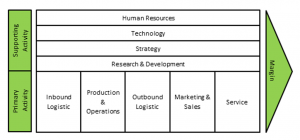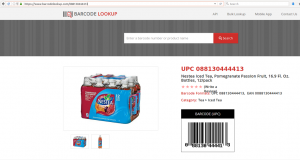This month’s book review/recommendation is Inventory Record Accuracy by Roger Brooks and Larry Wilson.
As some of you know, I am an avid/compulsive reader. One of my pastimes is to cruise around Amazon.com and look for bargains on books that I might want to read,. I look under the “more buying choices” and see what is available. If I see a bargain, I jump on it like in the below example where I bought a book for under $10.

The reason I am sharing this is because my main issue with this book is that it might seem too expensive to most people. I actually scored a used copy for under $40. The book is currently listed at $106. I kept seeing this book quoted in research articles related to inventory accuracy, so I had to see for myself what all the hype was about.
Setting that negative aside, the content of the book is excellent. Even though the authors go into some complex technical details, the book never stops being approachable and easy to read. At 175 pages of text, it is amazing how much information is conveyed without wasting too much space.
Most complex technical concepts and techniques, such as variance, tolerance, sampling, etc. are discussed and illustrated with examples and relatively simple graphs.
The inventory concepts discussed in the book are from the point of view of commercial industry and best practices with some side-bars on government regulations. This, to me, was the most useful approach.
I recommend this book to anyone who is involved in inventory management, stock control, inventory accuracy officers, etc.









